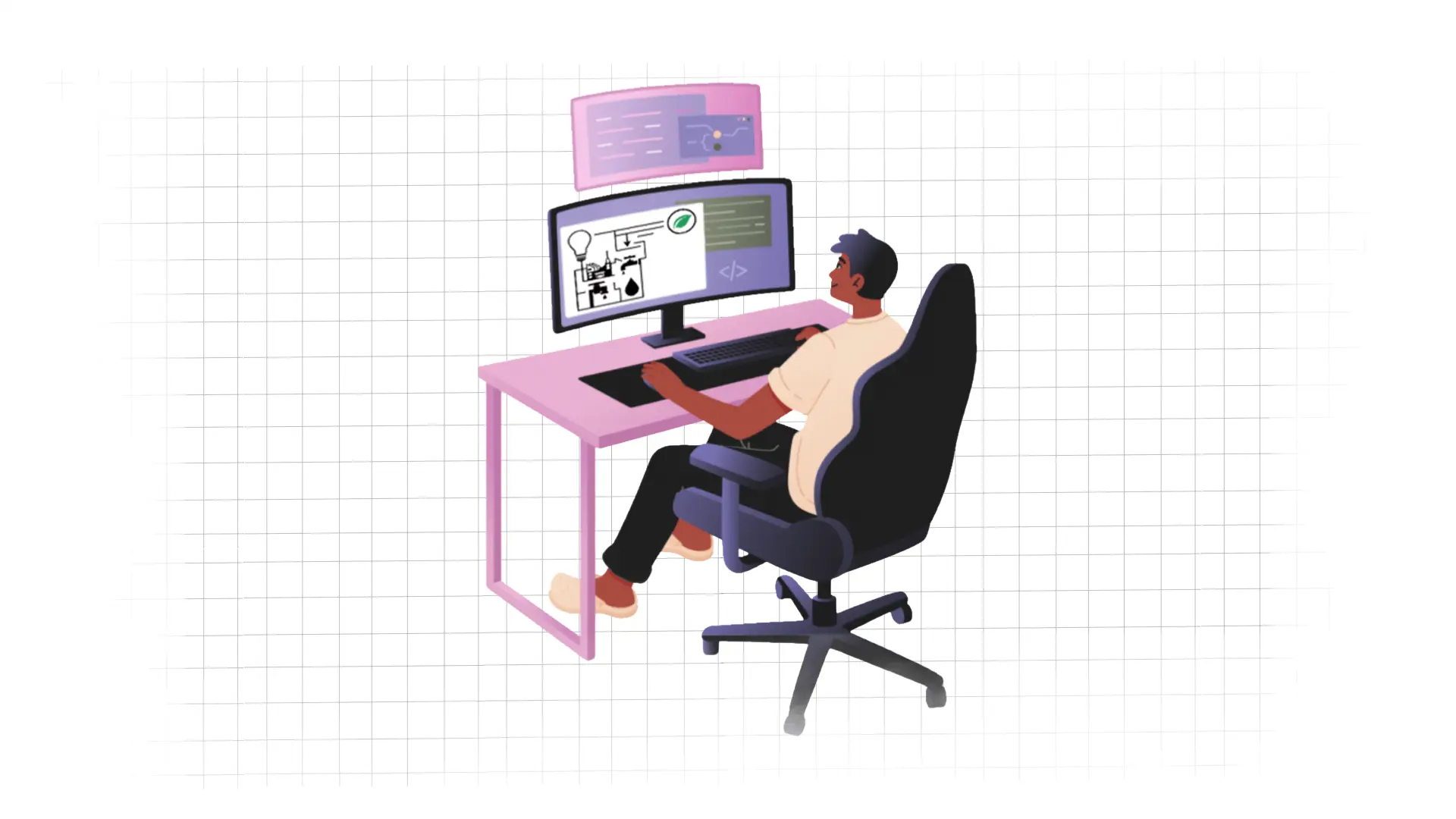Integrating CAD with IoT for Smarter Designs.
The combination of the Internet of Things (IoT) with Computer-Aided Design (CAD) signals a new age of innovation in engineering and design. This combination brings about more intelligent, effective, and responsive solutions while also streamlining the design process. The content examines the complex interactions between CAD and IoT and how these integrations are changing the engineering design landscape.
Understanding CAD and IoT:
CAD: A vital component of technology in contemporary engineering and design is computer-aided design or CAD. It enables designers to produce precise digital models of products, structures, or systems. These representations, which come in two or three dimensions, offer a precise and in-depth visualisation that is adaptable to testing and optimisation. CAD software uses simulation, analysis, and iterative design to improve the speed and precision of the design process.
Among the main advantages of CAD are:
Accuracy and Precision: By enabling extremely exact and detailed designs, computer-aided design (CAD) technologies lessen the possibility of errors that can arise during human drafting.
Efficiency: The design cycle can be considerably accelerated by designers’ ability to make rapid modifications to designs, execute simulations, and produce thorough documentation.
Cooperation: Real-time sharing and editing of design data is made possible by CAD systems, which facilitate cooperation amongst interdisciplinary teams.
IoT: A network of networked devices with sensors, software, and network connectivity incorporated in them is referred to as the Internet of Things (IoT). These gadgets gather information and share it, forming an ecosystem that facilitates automation and wise decision-making. The Internet of Things (IoT) has many uses, ranging from wearable devices and consumer electronics to industrial machinery and smart infrastructure. Important IoT features include:
Data Collection: Real-time insights into a range of characteristics, including temperature, humidity, pressure, and more, are obtained by IoT devices through the continuous collection of data from their surroundings.
Connectivity: Using a variety of network protocols, IoT devices may seamlessly share data and exert control over one another as well as with central systems.
Automation: Procedures can be automated, operations can be optimised, and user experiences can be improved with the help of the data gathered by IoT devices.
The Convergence: CAD Meets IoT:
The integration of CAD with IoT represents a significant leap forward in design and engineering, enabling more intelligent and adaptive solutions. Here’s how this convergence manifests:
Real-Time Data Integration: Real-time data collecting during the design phase is made possible by integrating IoT sensors with CAD systems. This information, which includes performance indicators and environmental details, offers insightful information for improving designs.
Adaptive Design Framework: Adaptive design approaches are made possible by IoT data, allowing goods to dynamically change their configuration or behaviour in response to external factors. This flexibility promotes creative responsive and user-friendly design.
Collaborative Design Ecosystem: Internet of Things-enabled computer-aided design (CAD) systems promote cooperation across geographically dispersed interdisciplinary teams. The combined effort might be fostered, and decision-making processes accelerated when designers, engineers, and clients can easily share and engage with design data.
Applications in All Sectors:
Architecture and Construction: Building design is optimized for energy efficiency, occupant comfort, and safety with IoT-integrated CAD solutions. The longevity and durability of structures are ensured by predictive maintenance with the use of real-time sensor data.
Automotive and aerospace: IoT-enabled computer-aided design (CAD) makes it easier to develop intelligent cars and aircraft with improved connection, safety features, and performance. Fleet management and maintenance schedules are optimised by predictive analytics using Internet of Things data.
Healthcare and Biotechnology: Personalised prostheses, medication delivery systems, and medical device design are revolutionised by the integration of CAD with IoT sensors. The use of IoT for continuous monitoring of patient health metrics improves diagnosis and treatment outcomes.
Challenges and Considerations:
While the integration of CAD and IoT offers immense potential, it also presents several challenges and considerations:
Data Security and Privacy: With the increasing number of IoT devices, worries about data security and privacy are being raised. For sensitive design data to be protected, CAD systems need to have strong encryption and access control in place.
Interoperability: One of the ongoing challenges is ensuring smooth communication between various IoT devices and CAD software platforms. Open-source projects and standardisation efforts are essential in resolving this problem.
Scalability and Performance: Real-time processing and scalability issues arise from the large volume and heterogeneity of data supplied by IoT devices. These scaling issues are lessened by edge computing technologies and cloud-based CAD systems.
Future Trends and Possibilities:
AI-driven Design Optimisation: There is a great deal of promise for automated design optimisation when AI algorithms are integrated with Internet of Things-enabled computer-aided design (CAD). Large-scale datasets are analysed by machine learning models, which then use performance feedback to iteratively improve designs.
Digital Twin Technology: Virtual duplicates of real assets or systems can be created more easily with the use of IoT-integrated CAD. Immersive user experiences, simulation-based design validation, and predictive maintenance are made possible by digital twins.
Blockchain for Design Traceability: Supply chain management and design iterations are transparent and traceable thanks to blockchain technology. Immutable ledgers improve accountability and trust by keeping track of certifications, design modifications, and intellectual property rights.
Conclusion
A paradigm shift in engineering design is heralded by the integration of CAD with IoT, which stimulates innovation across a range of industries. This synergy enables adaptive design techniques and allows designers to exploit real-time data insights to produce more intelligent, responsive, and sustainable solutions. The combination of CAD and IoT will continue to push the limits of engineering quality and innovation as we move towards a future powered by networked technology.



